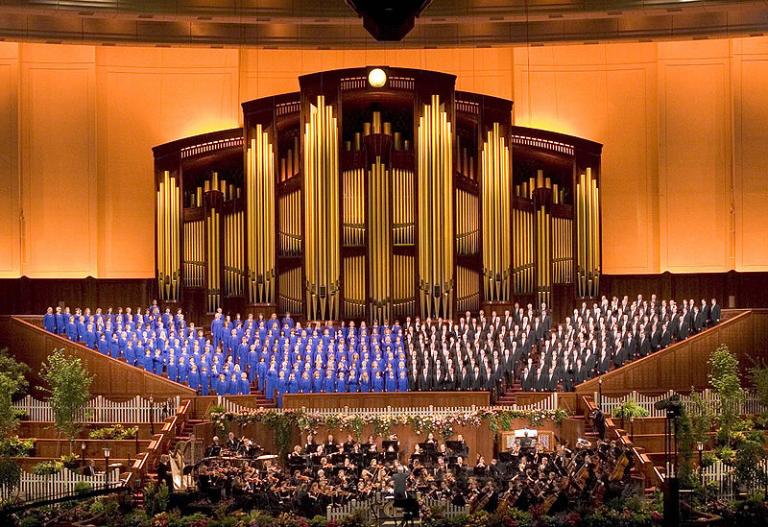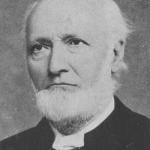
New this week in Interpreter: A Journal of Mormon Scripture (and, it should perhaps be noted, written by a non-relative of mine):
“To Be Learned Is Good, If One Stays on the Rails”
***
Many people — presumably basing their expectations on April’s rather eventful conference, which was President Nelson’s first as leader of the Church — have been predicting big changes this go-around, as well.
Maybe.
But here’s a pre-conference announcement that will be quite visible:
“World-renowned Mormon Tabernacle Choir Changes Its Name”
***
Here’s a story that’s received a bit of buzz:
Just for the record (since absolutely nobody has actually requested my opinion on the topic):
I see absolutely no problem with the practice described in this article, and, very obviously, there are some benefits and practical reasons for adopting it.
After all, for one thing, women and girls and other unordained persons routinely pass the sacrament trays along pews, and so forth. There is nothing intrinsically “priestly” or requiring ordination to the priesthood about passing a tray bearing bread fragments or small cups of water. And standing up or walking a few paces doesn’t significantly change that.
Here’s a biblical way of thinking about it:
The descendants of Levi in ancient Israel, the Levites, were entrusted with responsibilities for the most sacred Israelite shrines, which were the tabernacle and eventually the temple. Aaron, a descendant of Levi, was among them. But his specific line was given explicitly priestly responsibilities, as opposed to the more general support functions assigned to the rest of the Levites.
In other words, the Aaronites were a subset of the Levites. Not all Levites were priests — most were not — but all Aaronic priests in ancient Israel were Levites (with a mere handful of possible exceptions).
In today’s restored Church, the deacons and teachers serve a support function that is analogous to that of the general population of ancient Levites. The deacons carry the trays of consecrated bread and water to the congregation after the teachers have provided the bread and water to the priests, who bless it. Of these three functions, only the third (the blessing of the emblems of the sacrament) has an actual priestly character — which, I suppose, is why the priests are called priests!
In providing the bread and water for the priests, and in distributing the bread and water after the priests have blessed it, the teachers and deacons are fulfilling their assigned responsibility, but what they do parallels the Levitical role among the ancient Israelites more than it does the specifically priestly functions of the ancient Aaronites.
Thus, if young women pass the sacrament along to others, they aren’t assuming a priestly function.
That said, I don’t want to minimize this kind of service by any means. And, in fact, I support any effort to think things through in order to provide as many chances to serve for unordained people — including young women and mature women — as possible. I think that, sometimes, we’ve assumed requirements of ordained priesthood authority where it was unnecessary to do so. I specifically applaud the practices described in this article.
As I’ve stated before, by the way, I have absolutely no problem with the idea of ordaining women — except for the fact that, thus far, the Lord has neither commanded nor allowed such ordination. If and when a revolution comes authorizing the ordaining of women, I will have no hesitation whatever about it. Do I expect such a revelation? I’m not holding my breath. But then, the Lord isn’t likely to give me a forewarning on the matter.











